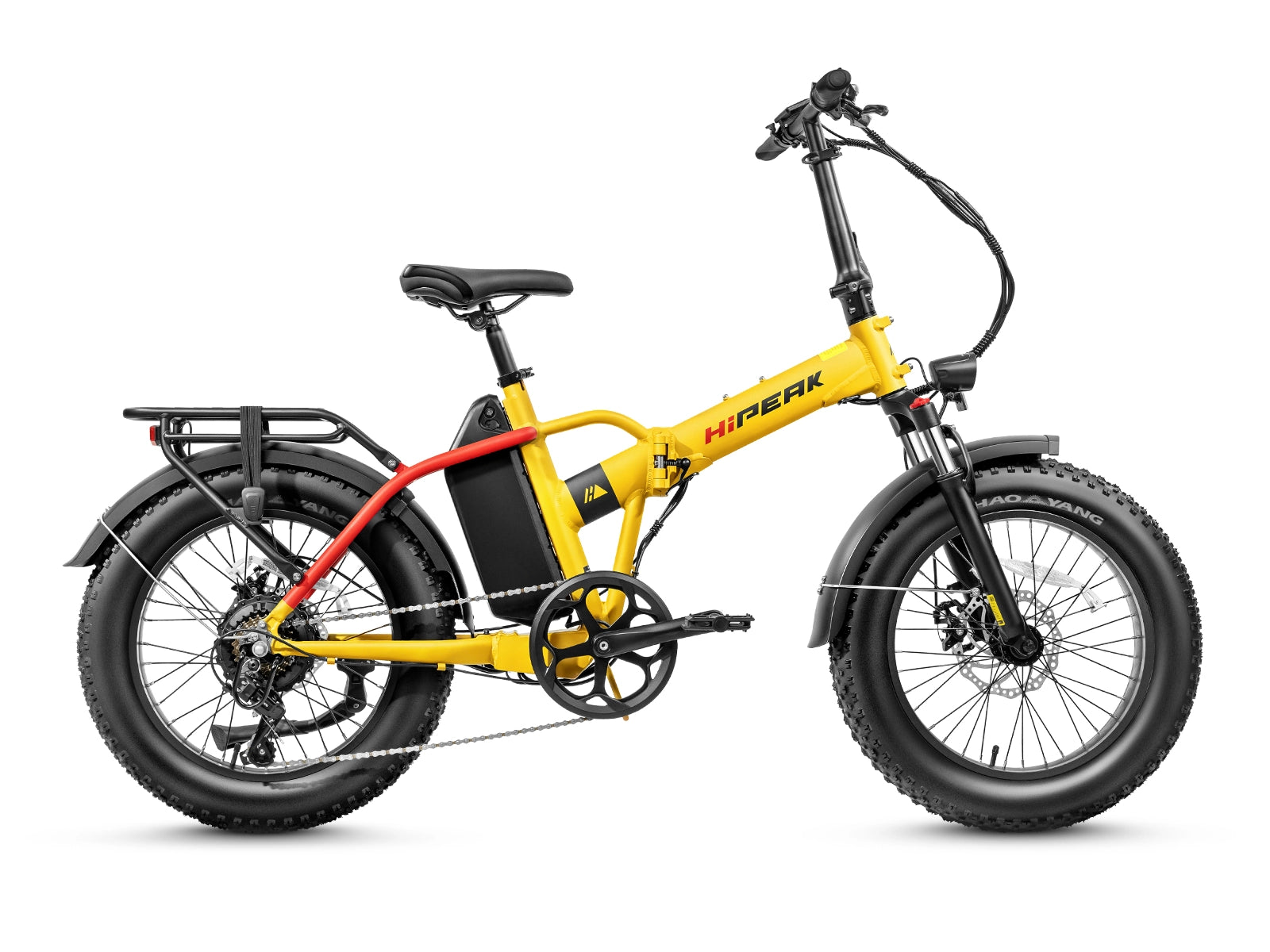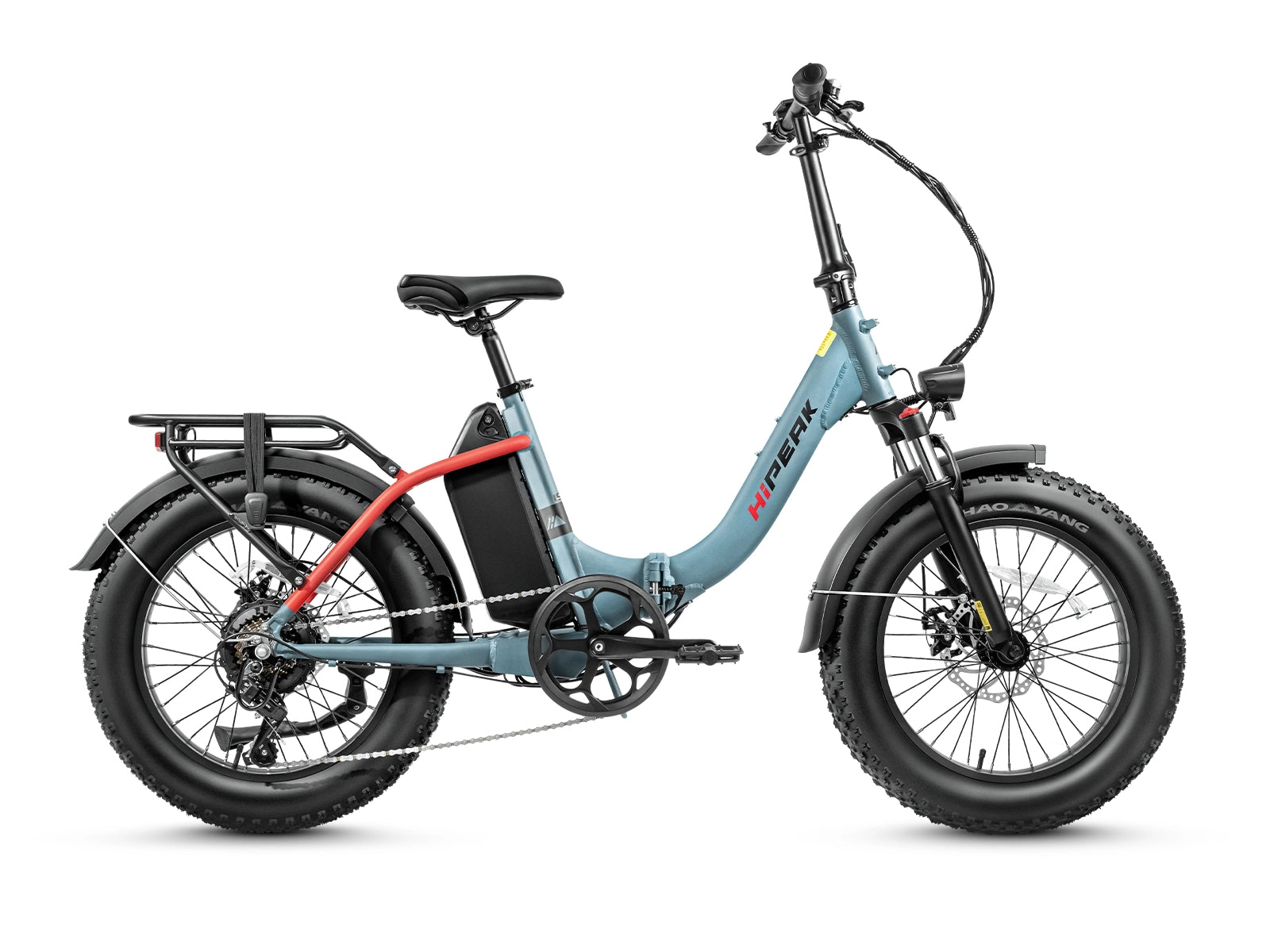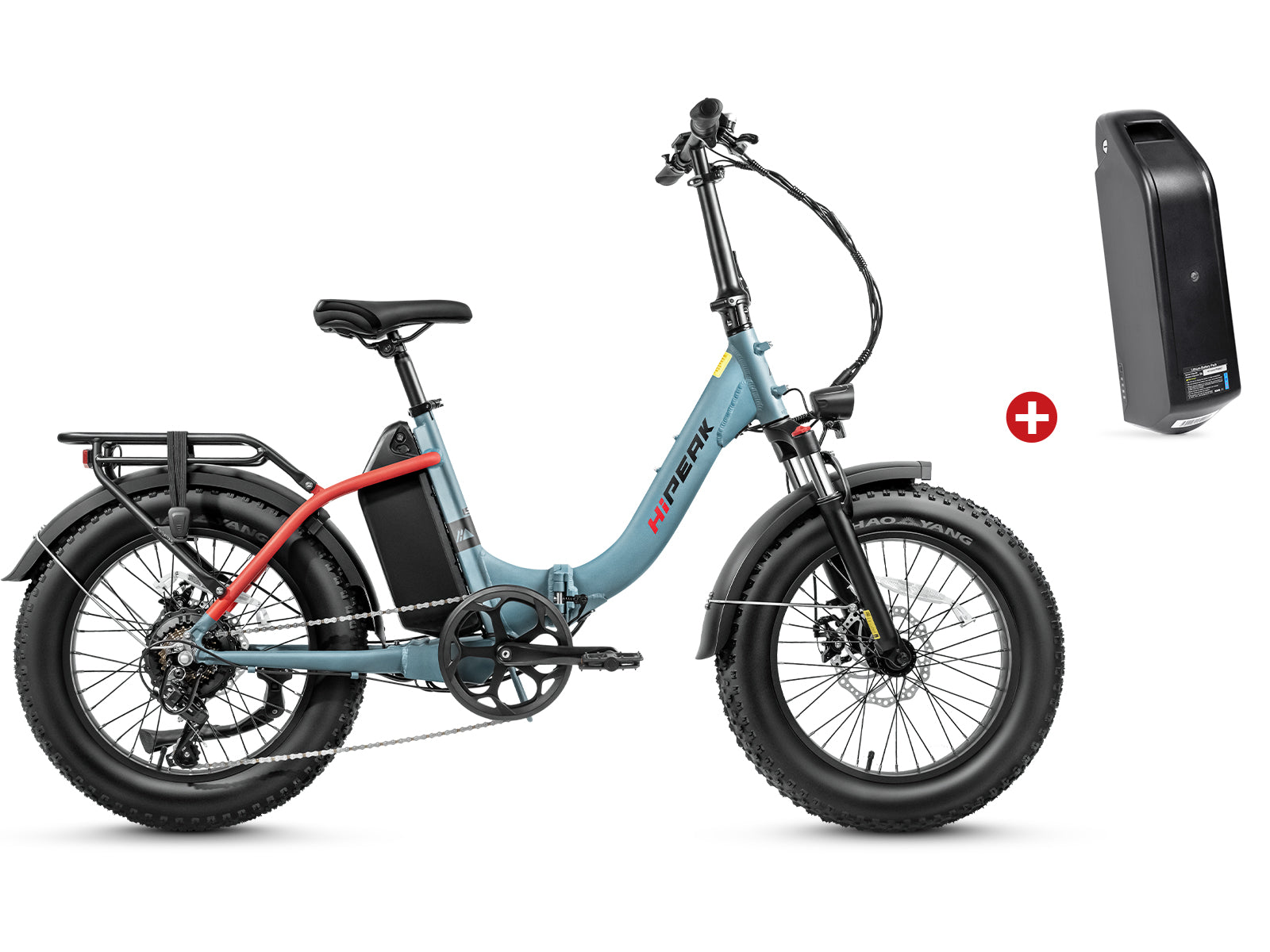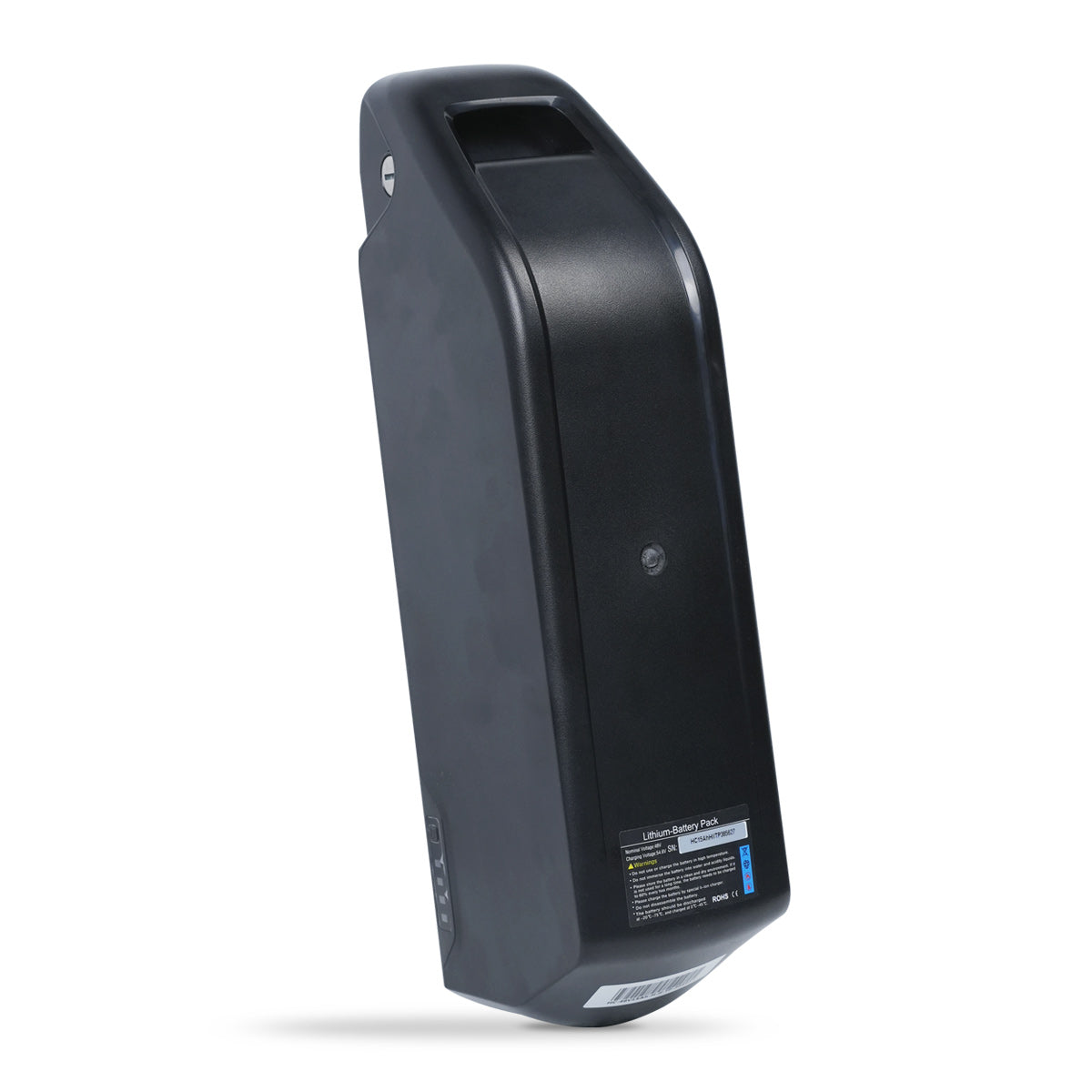Get Rid Of Bad Bike Braking Habits In The City

In recent years, the popularity of electric bike has surged, and it is not difficult to comprehend why this is the case. These forward-thinking vehicles combine the simplicity of use and familiarity of a standard bicycle with the increased power and convenience offered by an electric motor. They offer the best of both worlds in one convenient package.
In spite of the fact that riding an e-bike first feels very similar to riding a standard bicycle, there are a few crucial things you need to keep in mind at all times. The braking system is an important component. The fundamental idea is the same; but, due to the additional weight and potentially faster speeds of electric bikes, a new technique is required when applying the brakes. In this post, we will look into the right strategies for properly slowing down and stopping on an e-bike, ensuring that everyone has a ride that is smooth and enjoyable.
Riding A Normal Bicycle Compared To Riding An E-Bike
It is important to take into account the significant differences between riding an e-bike and a regular bicycle, especially when it comes to braking. E-bikes are often heavier than traditional bikes because they have an electric motor that allows them to carry more weight. E-bikes further increase their heft by having larger, more durable tires. Many electric bikes can weigh more than 20 kilos, compared to the typical 10 to 15 kilogram weight range for non-motorized bicycles. Higher mass equals higher kinetic energy according to physics, which has an impact on how they handle and brake. This either calls for longer stopping distances with the same braking effort or more braking force requirements in order to successfully slow down.
E-bikes' enhanced speed potential, in addition to weight, is a significant factor affecting braking. E-bikes are able to travel farther than traditional bicycles thanks to motor assistance. When learning how to brake properly on an electric bicycle, this variation in speed must be taken into consideration. Electric bike riders will have a safer and more enjoyable experience if they are aware of these differences and can adjust to them, enabling them to confidently make their way from point A to point B.
What Kinds Of Brakes Can You Find On An E-Bike?
It is also logical to consider the various brake types found on an electric bicycle in order to comprehend the subject of "Correct braking with an e-bike." Bicycles typically have one of two types of brakes: rim brakes or disc brakes. The most common type of brake is the rim brake, which is activated by a brake lever on the handlebar and works by "gripping" the rim flanks to slow the bike down. Contrarily, the disc brake is a more recent type of brake that is primarily utilized in mountain riding but is now gaining popularity for e-bikes. It functions in a manner similar to a rim brake but operates on the hub as opposed to the rims. A disc brake's braking pads press up against a disc that is lying on the hub.
For the majority of e-bike models today, the disc brake is the brake of choice. This is due to the disc brake's numerous benefits, despite being more expensive to purchase. For instance, even in rainy situations, it delivers improved braking performance and is less prone to wear. The overall better braking capability in comparison to rim brakes also aids in making up for the heavier bicycle and faster speeds of the electric bike (i.e. higher kinetic energy). Disc brakes often operate mechanically in entry-level vehicles. On the other hand, more expensive ones use hydraulics to function.
Other Information Relating To Your E-Bike Brakes
For optimum performance, it's critical to take a few extra elements into account when it comes to your e-bike brakes. Your electric bicycle's braking power is significantly influenced by the size of the brake disc. Larger brake discs typically provide more braking power. Check the maximum disc size recommended by both the wheel and fork manufacturers to verify compatibility. The brake pads may also use some work. There are numerous pad mixes available, each with unique qualities. Brake pads often arrive pre-assembled, but if you want to change them, you can decide between braking effectiveness and durability.
How To Brake Correctly
Considering elements like faster speeds, more weight, and the existence of a motor, an electric bike demands a different method for mastering the art of braking than a traditional bicycle. The essential principle of "brake harder at the front and gentler at the back" still holds true for e-bikes, though. Due to the weight distribution shifting forward during braking, the front brake, when applied correctly, produces a more substantial braking impact. The front brake can be applied with a little bit more force (for instance, a ratio of 60:40), which will shorten the braking distance. To prevent abrupt stops and the risk of being thrown over the handlebars, it is imperative to pull the brake lever gently and increase force only just before coming to a complete stop.
An e-biker can become more adept at effective braking with practice. To get a feel for the brakes, it's best to pick a safe road without any traffic. Attending a riding skills course can be helpful for individuals who are unsure. These classes show participants how to maneuver their electric bikes with ease, boosting their confidence and encouraging safer road usage. Riders may comfortably maneuver their e-bikes with practice and care, ensuring controlled and smooth braking.
Advices For Electronic Bike Brakes
It takes effort and focus to perfect the skill of using an e-bike brake correctly. Here are six recommendations for secure and efficient braking:
- To learn about your e-bike's braking system and its power, start out by practicing on a road without any traffic. This gives you a chance to experience how the brakes react in various scenarios.
- Practice braking when descending at higher speeds to get a handle on it under various circumstances. Due to the higher kinetic energy and longer stopping distance brought on by grades, downhill braking demands extra care.
- When descending steep terrain, adhere to the intermittent braking method. Several stronger braking intervals are preferable to continuous light pressure. This method aids in more effective control and speed management.
- Lower the seat post on a modern mountain e-bike if it has an adjustable position to lower your center of gravity while braking downward. This modification increases stability and strengthens your control of the bike.
- Spend some time getting acquainted with the technical details of your e-bike's brakes. Knowing how they work gives you useful insights and guarantees a safer riding experience.
- To guarantee that your brakes are always in excellent operating order, have your e-bike serviced by a nearby dealer on a regular basis. An e-bike that has been properly maintained will provide the best braking performance and increase your overall riding safety.
Conclusion
These contemporary two-wheelers are the best options for urban people looking for effective and environmentally friendly mobility because they smoothly blend the simplicity and familiarity of a regular bicycle with the increased power and convenience of an electric motor. However, it becomes even more crucial to master the correct braking technique as the number of urban and commuter electric bikes on the road increases. Although using an e-bike may at first seem comparable to using a regular bicycle, there are significant distinctions that require attention, especially in heavily populated urban areas.
It's important to practice and comprehend your e-bike's braking system, brake disc size, and brake pad composition. You need get urban or commuter electric bike regularly serviced by a local dealer for your brakes will always be in excellent condition. With these pointers in mind, urban electric bike riders may easily maneuver busy city streets, taking use of the advantages of effective and environmentally friendly transportation while constantly putting safety and gentle braking first.





















Leave a comment